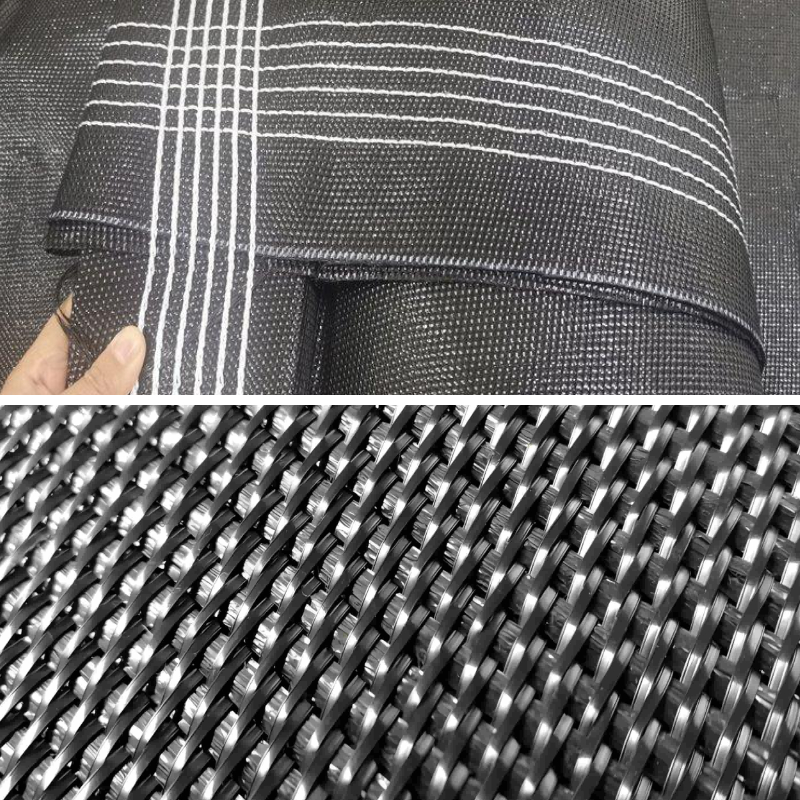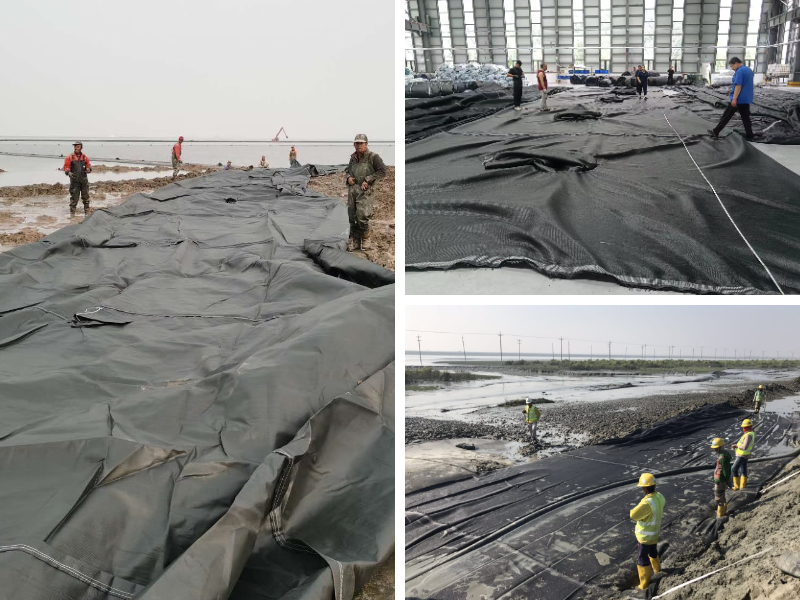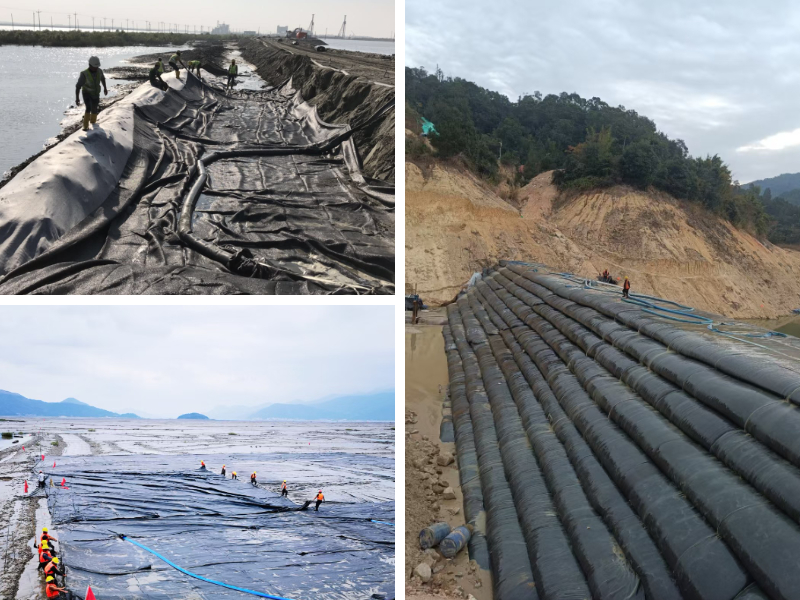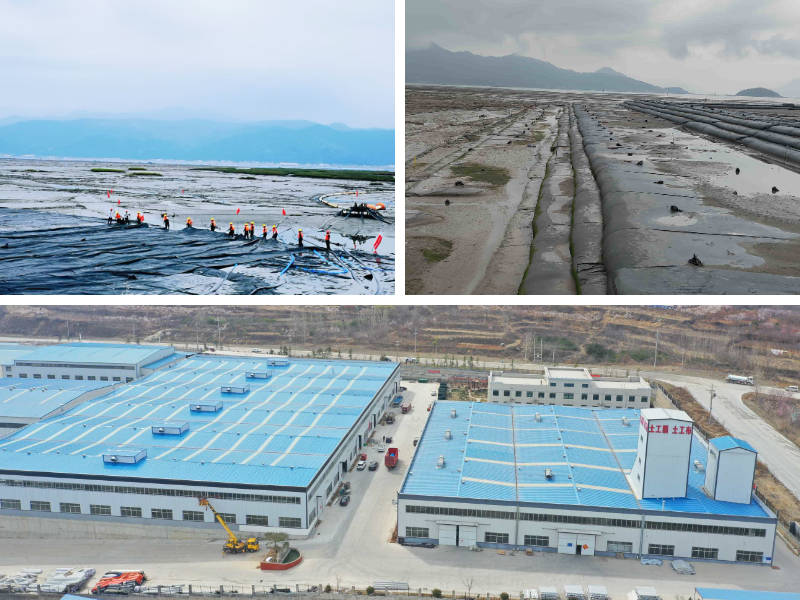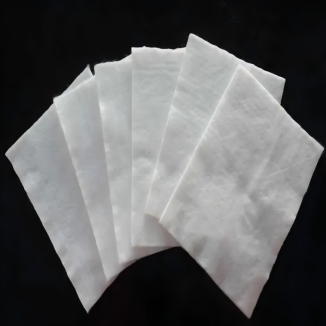Lagoon Dewatering: How to Clean Your Pond or Lagoon Efficiently.
Lagoon Dewatering: How to Clean Your Pond or Lagoon Efficiently
Is your pond or lagoon overflowing with sludge, reducing its capacity, and causing operational headaches? You are not alone. Over time, sedimentation and organic buildup are inevitable in agricultural, industrial, and municipal lagoons. Traditional cleaning methods can be disruptive, expensive, and environmentally risky. But what if there was a more efficient, cost-effective, and managed way to repair your water body? This comprehensive guide explores how modern-day Geotube dewatering technological appreciation is revolutionizing the way we clean lagoons.
Introduction: The Hidden Problem of Lagoon Sedimentation
Lagoons and ponds are workhorses in many industries, serving critical roles in wastewater treatment, stormwater management, and agricultural waste storage. However, their effectivity is directly tied to their volume. As sludge accumulates at the bottom, it reduces water storage capacity, compromises cure quality, and can lead to compliance issues and disagreeable odors. The challenge has typically been: how do you remove this sludge correctly without inflicting a higher mess? The reply lies in a high-performance method centered on Geosynthetic Tubes.
Why Traditional Lagoon Cleaning Methods Fall Short
Before delving into the environment high-quality solution, it is important to understand the drawbacks of conventional approaches.
Mechanical Dredging: Using excavators or dredges to bodily do away with wet sludge is a common however messy method. It requires heavy gear access, poses significant safety risks, and frequently penalties in the managing and transport of massive volumes of water-heavy slurry, using up costs.
Dig and Haul: This entails draining the lagoon and trucking away the gathered solids. This method is exceptionally disruptive, requires a disposal site, and is regularly the most highly-priced option due to immoderate transportation and landfill fees.
Simple Pumping: Trying to pump out thin, watery sludge is inefficient. You cease up with a product that is 95-98% water, making transportation and disposal impractical and costly.
These techniques often actually relocate the problem. The modern-day answer tackles both the removal and the dewatering system on-site.
The Modern Solution: An Integrated Approach Using Geosynthetic Tubes
The most environment friendly lagoon cleansing approach these days combines two key processes: dredging and dewatering, integrated into a single, seamless operation. This is the place Dredging and Dewatering Bags and their increased superior counterparts, Geosynthetic Tubes, come into play. This method is no longer simply about removal; it is about extent reduction and stabilization perfect at the site.
How the Dredging and Dewatering Process Works
The procedure is elegantly straightforward, leveraging engineering and nature to obtain remarkable results.
Site Assessment & Planning: A professional will check the lagoon's conditions, sludge volume, and composition to decide the optimal dimension and wide variety of Geosynthetic Tubes required and the splendid polymer program.
Sludge Dredging: A hydraulic dredge is floated on the lagoon. This machine gently pumps the sludge slurry from the bottom, minimizing disturbance and resuspension of solids.
Conditioning with Polymer: The pumped slurry is combined with a liquid polymer solution. This "flocculant" motives the remarkable solid particles to bind collectively into large clumps (flocs), a quintessential step for efficient separation.
Filling the Geotube Dewatering Units: The conditioned slurry is then pumped into the strong Geosynthetic Tubes. These containers are engineered with a unique fabric weave that acts as a filter.
The Dewatering Magic: Water passively drains through the tiny pores in the fabric, whilst the strong flocs are trapped inside. Over pretty a few weeks, the Geotube dewatering process continues, considerably lowering the extent of the captured sludge—often by using 90% or more.
Clear Effluent Management: The water that filters out is usually clear and can often be recirculated decrease again into the lagoon or discharged, depending on neighborhood regulations.
Final Disposal: Once dewatered, the solids inner the tubes form a stable, soil-like cake with a significantly decreased volume. This makes it tons extra cost-effective and easier to transport for landfill disposal or, in some cases, genuinely beneficial reuse as landfill cowl or soil amendment.
Key Advantages of Using Geosynthetic Tubes for Lagoon Cleaning
Why is this method becoming the company elegant for efficient lagoon management? The benefits are substantial.
Significant Cost Savings: By notably reducing the volume of material, you save vastly on transportation and landfill costs. You are no longer paying to haul water.
On-Site Efficiency: The complete Geotube dewatering manner occurs on your property, putting off the want for consistent truck visitors and minimizing disruption to your every day operations.
Environmental Containment: Geosynthetic Tubes supply a contained surroundings for dewatering. This prevents the launch of contaminants into the surrounding soil and groundwater, making it a safer choice for environmentally touchy areas.
Versatility and Scalability: Whether you have a small farm pond or a large industrial lagoon, this machine can be scaled to fit your needs. The use of a couple of Dredging and Dewatering Bags permits for bendy assignment planning.
Proven Reliability: The engineered material of these tubes is designed for energy and durability, making sure they can cope with the pressures of filling and dewatering except failure.
A Step-by-Step Guide to Implementing Geotube Dewatering
Implementing a profitable Geotube dewatering venture requires cautious planning. Here is a roadmap to information you.
Step 1: Project Evaluation and Sludge Characterization
The first step is to apprehend what you are dealing with. A core sample of the lagoon sludge will determine its composition, solids content, and dewatering characteristics. This statistics is integral for selecting the right polymer and designing the whole system.
Step 2: Permitting and Regulatory Compliance
Check with shut by and state environmental agencies to figure out if any lets in are required for the dewatering endeavor or for managing the effluent and final solids. A reputable issuer company can often assist with this process.
Step 3: Site Preparation and Tube Placement
A splendid vicinity near the lagoon is prepared. This pad should be level, clear of sharp objects, and have measures in vicinity to control any potential incidental runoff. The Geosynthetic Tubes are then laid out and anchored in position.
Step 4: The Integrated Dredging and Filling Phase
The dredge begins operations, pumping the sludge slurry with the resource of the polymer injection device and into the Geotube dewatering containers. Filling is typically done in cycles to enable for sufficient drainage and consolidation between rounds.
Step 5: Monitoring the Dewatering and Consolidation Phase
After filling is complete, the Geosynthetic Tubes are left to dewater. This phase can take several weeks to months, relying on local weather and the sludge's properties. The effluent excellent is monitored throughout.
Step 6: Final Solids Handling and Site Restoration
Once dewatering is complete and the solids are stable, the tubes are reduce open. The dry, compacted soil inner is then eliminated for final disposal. The web internet page is cleaned up, and the lagoon is restored to its full operational capacity.
Conclusion: Restore Your Lagoon with Confidence and Efficiency
Dealing with a sludge-filled lagoon no longer requires a disruptive, expensive, and messy ordeal. The built-in approach of dredging coupled with Geotube dewatering offers a foremost alternative. By harnessing the energy of Geosynthetic Tubes, you can achieve a cleaner, more surroundings best lagoon, realize massive fee savings, and make advantageous environmental compliance.
Contact Us
Company Name: Shandong Chuangwei New Materials Co., LTD
Contact Person :Jaden Sylvan
Contact Number :+86 19305485668
WhatsApp:+86 19305485668
Enterprise Email: cggeosynthetics@gmail.com
Enterprise Address: Entrepreneurship Park, Dayue District, Tai 'an City,
Shandong Province


